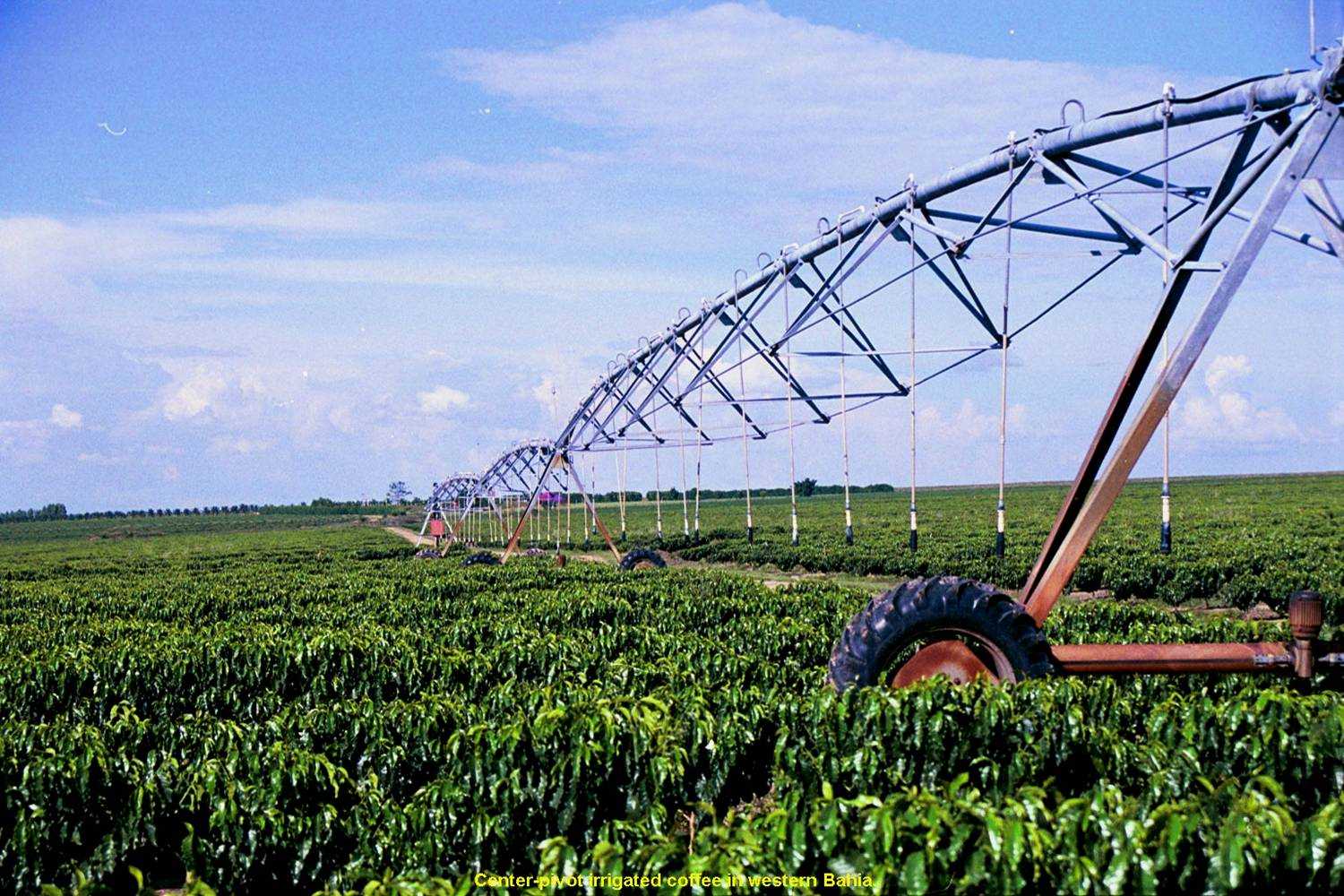SAO PAULO, Brazil — While the harvesting of the 2019/20 crop is gradually stepping up in Brazil, arabica and robusta prices drop, says Cepea in its latest report. Besides the international devaluations for both varieties in the last months, mainly due to the estimates for a high global supply, the higher number of sellers in the domestic spot market also pressed Brazilian quotes down.
Despite the price drops on many days, the harvesting led growers to the market in the first fortnight of May, since many of them need cash flow.
On May 15, the CEPEA/ESALQ Index for arabica coffee type 6 (delivered in São Paulo) closed at 384.08 BRL (96.21 USD) per 60-kilo bag, a slight 0.67% down compared to that on April 30. The average price in that period, at 381.00 BRL per bag, is the lowest, in nominal terms, since February 2014.
Concerning robusta, quotes were pressed down by international price drops – on May 8, the future contracts decreased to the lowest levels in nine years. Thus, the CEPEA/ESALQ Index for the robusta type 6, screen 13, Espírito Santo State, closed at 281.05 BRL (70.40 USD) per 60-kilo, 1.1% down in the same comparison. The average price in the first half of May, at 272.18 BRL per bag, the lowest since October 2014, in nominal terms.
International Market
The current low price levels have been affecting other coffee-producing countries too. According to international news agencies, some growers from Central and South America are already leaving the activity, such as in Guatemala and Colombia.
On May 8, Fedecafé (National Federation of Coffee Growers from Colombia) indicated that around 40 thousand hectares allocated to coffee crops in Colombia were lost in the last 18 months, since coffee selling prices are lower than production costs. Fedecafé estimates that around 25 thousand families have left the activity to grow other products, such as avocado, citrus, among others. The reduction in the coffee area has not reflected on production yet, due to the productivity increase in the last years. However, coffee crops sustainability in the long-term may be compromised.
Exports
Brazilian coffee exports continue high in the 2018/19 season and may reach a new record. According to data from Cecafé (Coffee Exporters Council), in April, shipments (green, toasted and grounded and soluble coffee) totaled 2.9 million 60-kilo bags, 3.5% less than in March. Still, this season (July/18 to April/19), the volume exported has already reached 34 million bags, a staggering 30.4% up compared to that in the same period of 2017/18 and similar to the amount exported in 2014/15, at 36.6 million bags, a record in all Cecafé series.
Cepea collaborators expect the coffee volume exported in 2018/19 to reach 40 million bags. Still, agents do not believe the current low price scenario will change, at least until the end of the 2019/20 harvesting.
Concerning green coffee, Brazil has exported 30.8 million bags this season, 33.2% more than in the previous, according to Cecafé. As for arabica, the amount shipped is 23.4% larger, in the same comparison, totaling 28.1 million bags. Regarding robusta, exports have totaled 2.7 million bags, almost eight-fold the volume exported in the 2017/18 season.
With the larger volumes shipped and the strong US dollar, revenue in Real has totaled 17.5 billion in the 2018/19 season, a staggering 27.5% up. In dollar, revenue has reached 4.5 billion, 7% higher. It is worth to mention that, despite the revenue increase, the average exports price dropped 17.7%, to 134.03 USD per 60-kilo bag, reflecting the coffee devaluation worldwide this season.


















